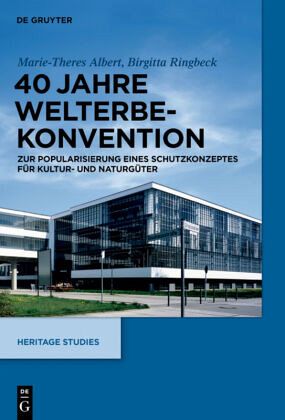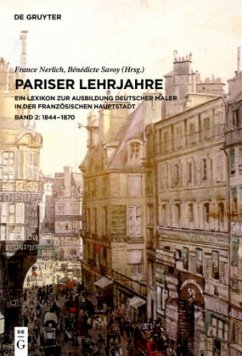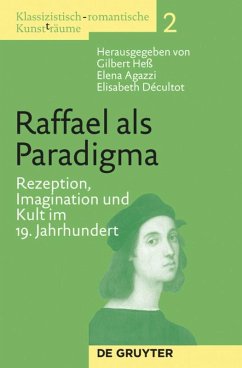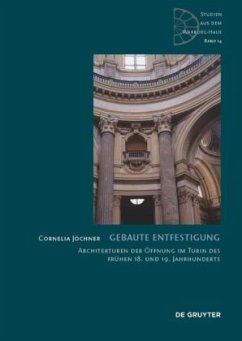Nicht lieferbar

40 Jahre Welterbekonvention
Zur Popularisierung eines Schutzkonzeptes für Kultur- und Naturgütern
Versandkostenfrei!
Nicht lieferbar
Weitere Ausgaben:
Since the adoption of the World Heritage Convention in 1972, the notion that cultural and natural heritage need to be protected and properly utilized has gained popularity. Over time, however, such utilization concepts were less focused on ideas of sustainability and became increasingly influenced by commercial interests. For the first time, this publication attempts to elaborate the development of the World Heritage Convention, the Convention itself in its different facets and how it evolved into one of the most important UNESCO instruments for the protection of cultural and natural heritage. It will be shown that the protection and utilization of heritage is a highly complex political, participatory and interdisciplinary process. This publication discusses these developments and suggests potential solutions in order to deal with such unintended trends.
Seit Verabschiedung der Welterbekonvention 1972 erfreuen sich Schutz und Nutzung des Kultur- und Naturerbes zunehmender Beliebtheit. Im Laufe der Zeit wurden jedoch Nutzungskonzepte entwickelt, die nicht mehr allein vom Gedanken der Nachhaltigkeit getragen wurden, sondern zunehmend durch wirtschaftliche Interessen geprägt sind. In der vorliegenden Publikation werden erstmals der Entstehungsprozess der Welterbekonvention, die Konvention selbst mit ihren diversen Facetten sowie ihre Entwicklung zu einem der bedeutendsten Instrumente der UNESCO für den Kultur- und Naturgüterschutz aufgezeigt. Dabei wird deutlich, dass der Erhalt und die Nutzung von Erbe ein außergewöhnlich komplexer politischer, partizipativer und interdisziplinärer Prozess ist. In der Veröffentlichung werden diese Entwicklungen skizziert und Lösungsansätze für problematische Auswirkungen entwickelt.








